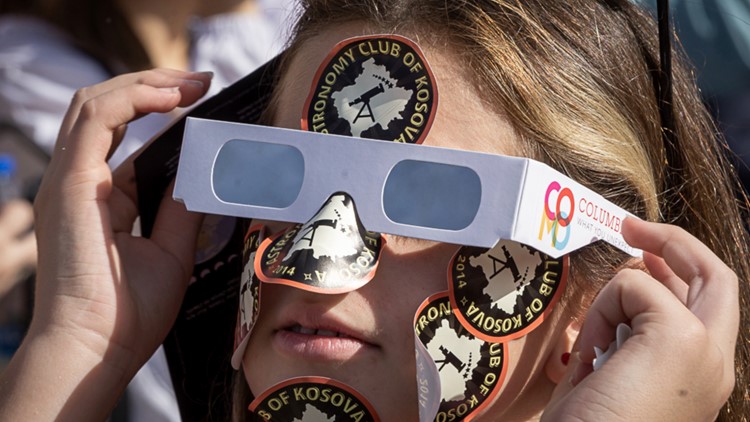People in three continents gathered Tuesday to watch one of the most stunning astronomical events possible: A solar eclipse.
The partial solar eclipse was visible from much of Europe, northern Africa, the Middle East and western Asia, Timeanddate says. This is the second solar eclipse of the year, neither of which were visible from the U.S.
Read on for photos and more information on the rare sight — and the next time you could see a solar eclipse in the U.S.


Solar eclipses happen when the moon passes between Earth and the sun, darkening the sky. NASA says the next total solar eclipse visible from North America will happen on April 8, 2024.

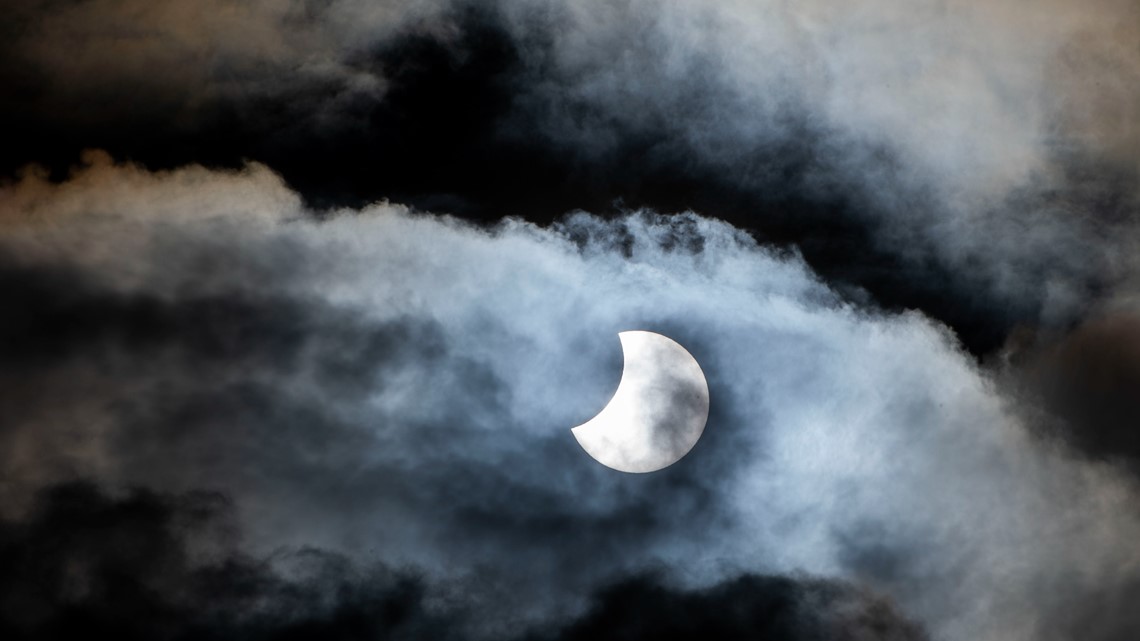
People on Mexico's Pacific coast will be the first to see totality (the brief moment when the moon completely eclipses the sun). The path of the eclipse will head through Oklahoma, Arkansas, Missouri, Illinois, Kentucky, Indiana, Ohio, Pennsylvania, New York, Vermont, New Hampshire, and Maine.

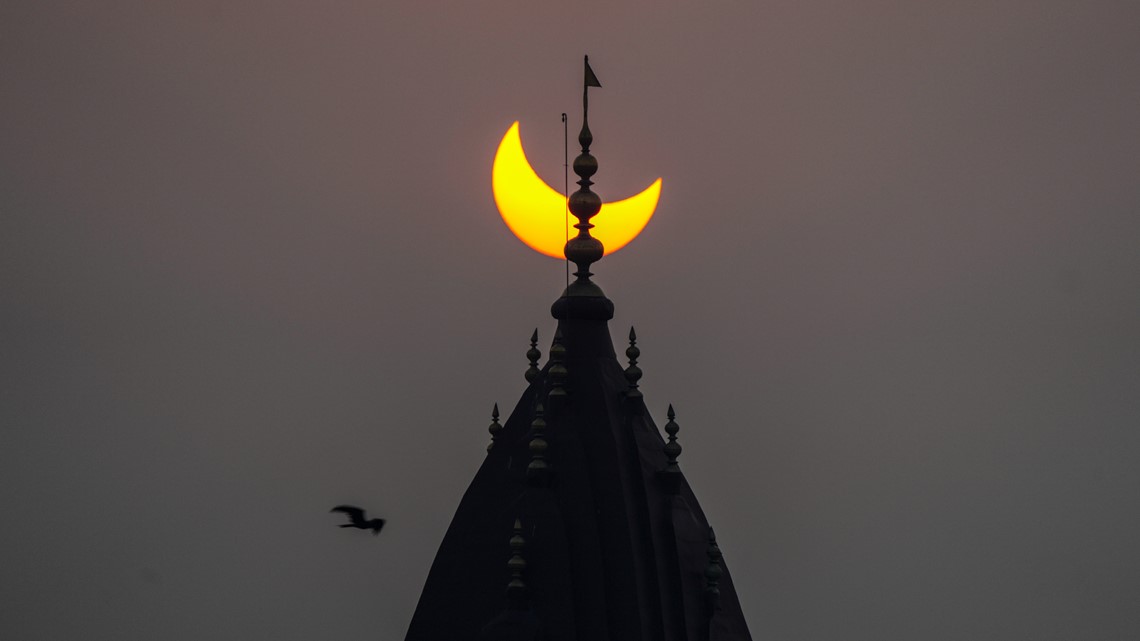
Sure, it's a couple years away, but NASA has information on the time of totality in cities on the path. People watching from outside the path of totality may get to see a partial eclipse.

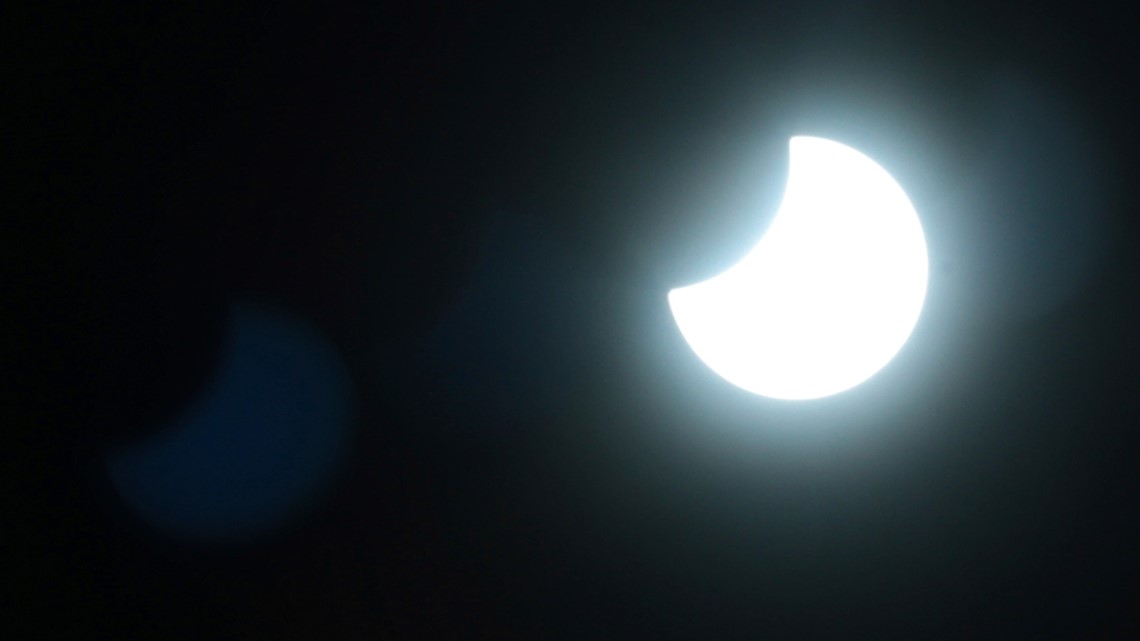
There's also an annular solar eclipse -- where a fiery ring of sun is visible around the moon -- expected on Oct. 14, 2023. It will begin in Oregon, crossing the Western U.S. to Texas.


Other contiguous U.S. states will see varying degrees of the eclipse, with the moon blocking about 10% of the sun for people as far as Maine. See NASA's map here.

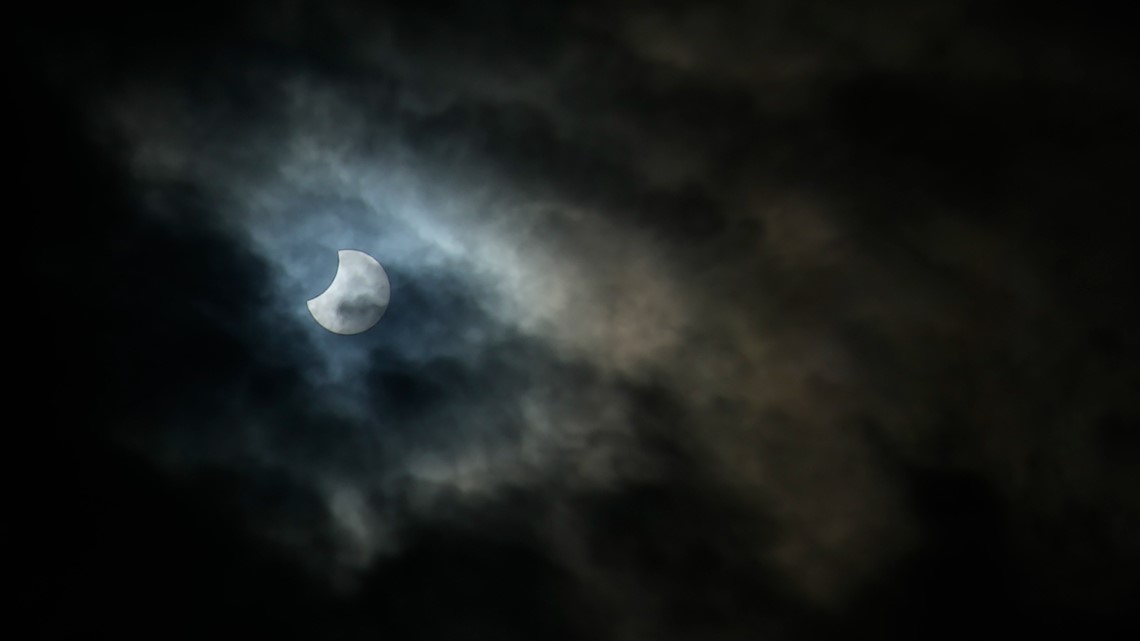
Not soon enough? It's no solar eclipse, but the last total lunar eclipse we'll see for three years is happening in November. NASA says this "blood moon" will be visible in the early hours of Nov. 8 across North and Central America. See timing and maps here.


